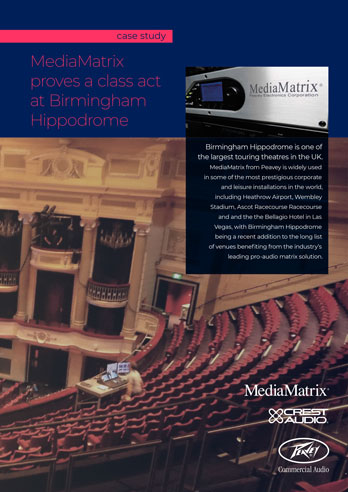Sir Tom Jones takes Tactus™ on Tour
The Edinburgh Fringe Festival is the world’s largest arts festival. It’s therefore a fitting stage for the world’s most advanced and efficient digital audio mixing system, the Crest Audio Tactus. With its elegant integration of hardware, software and touchscreens, Tactus heralds the next generation of modular, scalable digital mixing solutions. Sound engineer, Matteo Cifelli, talks about mixing Tom Jones’s latest tour on Tactus.
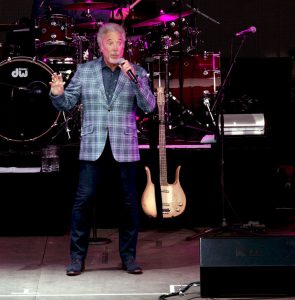 THE TECHNOLOGY
THE TECHNOLOGY
Even at 78 years old, Tom Jones is the consummate showman. Over the span of his long career he has been through many incarnations, but what has remained unchanged throughout is his unmistakeable vocal signature, and his evident delight at being on stage.
Sir Tom’s long-time FoH engineer, Matteo Cifelli, has been using Crest Audio’s Tactus digital mixing system with integrated Waves eMotion LV1 mixing software on all of Tom Jones’s recent shows. This included a sold-out Summer Sessions gig against the stunning backdrop of Edinburgh castle as part of the Edinburgh Festival.
First launched in 2016, Tactus is a modular mixing system that comprises a front-of-house audio processing core powered by Waves SoundGrid and a 32-in/16-out remote stagebox plus an optional external control surface which acts as a physical extension of the Waves LV1 touchscreen mixer application.
Cifelli has been a fan of Waves since the beginning. “I was at Waves in 2014 and saw the prototype of LV1 and was instantly hooked,” he recalls. “I’ve had it with me as a support desk ever since. I love the way the software works and the fact that it is based on
plug-ins to extend functionality.”
“There is a huge selection of plug-ins so it’s incredibly versatile, and the integration with the Tactus hardware is just a fabulous solution because it opens up the software for use on much bigger shows.”
“The main gap for me using LV1 was the controller – or rather lack of it,” he continues. “It was great for small shows, but anything over 16 channels becomes difficult to manage on a touchscreen as there just isn’t enough real estate. The integration into Tactus has changed all that – now that Crest have brought out their controller, I couldn’t imagine doing it any other way. There is perfect physical alignment between the faders on the screen and the physical faders on the controller, and if you need more channels, you can just connect a second control surface. It’s a fantastic feature for me and one that makes it possible to use as a primary mixing console on bigger shows. What’s more, the build quality is amazing and that’s really important when you’re working on live shows. You need to know that when you plug it in and turn it on, it’ll just work, even if it’s taken a few knocks as things often do on the road.”
Something else that Cifelli appreciates is the modularity of Tactus and the fact that it is ultra-portable. “Even compared to a standard digital console, the footprint is tiny,” he asserts. “Our next gig after Edinburgh was in Jordan just two days later, so the timeframe was pretty tight, but Tactus is so compact, we checked it in as hand luggage!”
 THE EVENT
THE EVENT
In Edinburgh, Cifelli’s setup was straightforward with one Tactus FOH processing core connected to a Lenovo Touchscreen laptop PC and a Tactus Stagebox by a single CAT5 cable. The monitor engineer was responsible for establishing the gain structure, so Cifelli used a MADI stream from a DiGiGrid MGB to take a feed from the monitor desk. The MGB is an interface that lets you plug any coaxial MADI-enabled device into the Waves SoundGrid network. The PC running LV1 was connected to a touchscreen and the Tactus control interface, and that was it – all very simple. “Where I can I like to run everything on two computers for redundancy,” he says. “I’ll have a main PC connected to a touchscreen and the Tactus control surface plus a laptop also running LV1. That way if the external touchscreen goes down for any reason, I’ve still got the laptop touchscreen. There’s no redundancy built into the system yet, so it’s safer to do it yourself! On the other hand, when you consider the cost of a Tactus and everything you get for your money, it’s no big deal to bring along an extra laptop…
For Cifelli, the modular approach is definitely the way forward. “In its simplest form, all you need is the FoH unit and a laptop and that’s it, but of course you can add elements however you like to support larger configurations. I love that I can increase or reduce the number of interfaces, as well as inputs and outputs, and the different connectivity options provided by Tactus gives me compatibility with interfaces from other brands which is just great. I can use SoundGrid, MADI, AES, and now Crest have just come out with a SoundGrid-to-Dante bridge which means I can connect to Dante-enabled PA systems (or other Dante devices) as well. Personally, I think this is the future of digital mixing.”
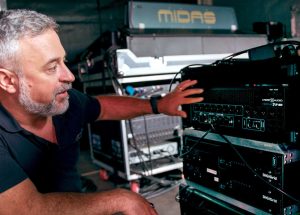 THE RESULT
THE RESULT
He believes that Peavey’s decision to build Tactus based on the Waves LV1 software was simply inspired. He is certainly not alone in considering LV1 to be the best software mixing platform available. “It’s the only mixing system that is 100% customizable,” he says. “The concept is revolutionary, and its plugin architecture gives me unlimited sound-shaping abilities. Combined with Tactus hardware, I have a rugged, road-worthy mixing system that takes up a tenth of the space of anything else currently available and offers me ten times the functionality and scalability. And sound quality-wise, we are at the top!”
Speaking of sound quality, one of the main priorities for the Tactus engineering team was preserving the vintage Crest Audio sound in a completely modern digital format. “We didn’t just want to be a vehicle for LV1, even though that’s what makes Tactus unique,” explains PCA operations manager, James Kennedy. “We also wanted to mark our identity by adding the warm, vintage Crest Audio analogue sound that was our trademark during the 70s, 80s and 90s to the thoroughly 21st century functionality of the LV1 software. In short, you’re getting completely cutting-edge technology combined with our legendary build quality and sonic signature in a totally modular, scalable package. We think it’s a fabulous combination.”
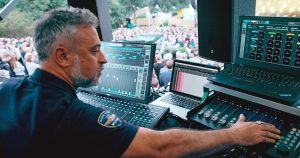 Cifelli couldn’t agree more. “I like to say that this system is the internet of mixing consoles – in the same way as the arrival of digital technology revolutionised the live mixing industry, the Tactus/LV1 concept will change the game yet again but this time moving us into an IP world. I believe that in years to come we’ll be seeing more and more Tactus/LV1 or similar systems around the world with the ability to talk to and exchange data with different devices from different manufacturers all over simple network cables, and maybe even Wi-Fi and 4 or 5G! – that’s the future I see in a digital world.”
Cifelli couldn’t agree more. “I like to say that this system is the internet of mixing consoles – in the same way as the arrival of digital technology revolutionised the live mixing industry, the Tactus/LV1 concept will change the game yet again but this time moving us into an IP world. I believe that in years to come we’ll be seeing more and more Tactus/LV1 or similar systems around the world with the ability to talk to and exchange data with different devices from different manufacturers all over simple network cables, and maybe even Wi-Fi and 4 or 5G! – that’s the future I see in a digital world.”

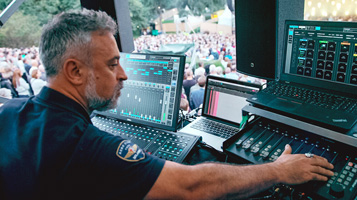
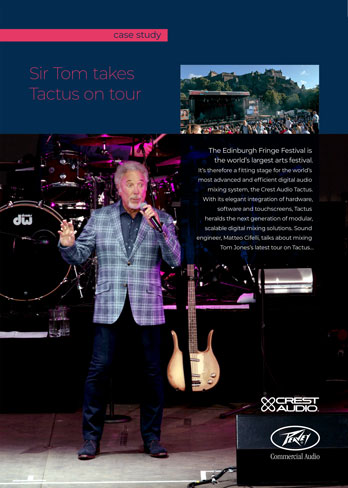
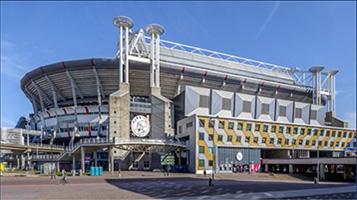
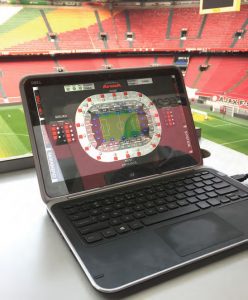
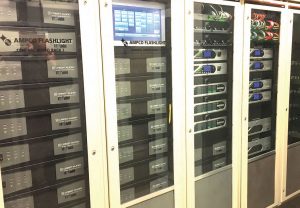

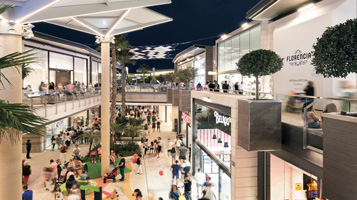
 THE SOLUTION
THE SOLUTION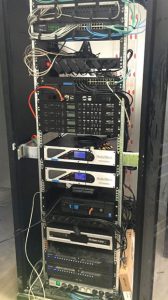 Applications like these always throw up technical curve balls and this was no exception! The third party systems integration with NION for dynamic content delivery was particularly challenging for the engineers, but they have managed to leverage the power of NION to overcome these problems through the flexibility and capability of python scripting and bespoke control devices within NWare. The guys at Neotecnica have done a sterling job!”
Applications like these always throw up technical curve balls and this was no exception! The third party systems integration with NION for dynamic content delivery was particularly challenging for the engineers, but they have managed to leverage the power of NION to overcome these problems through the flexibility and capability of python scripting and bespoke control devices within NWare. The guys at Neotecnica have done a sterling job!” 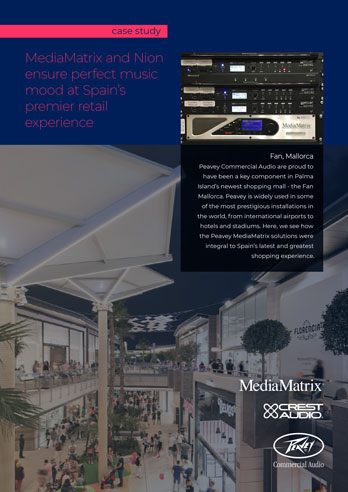
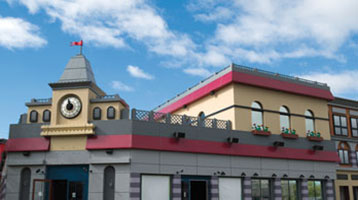
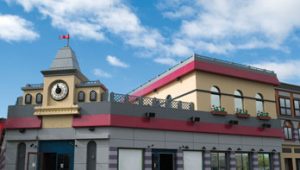
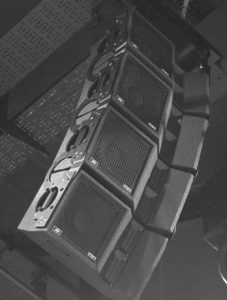 The Result
The Result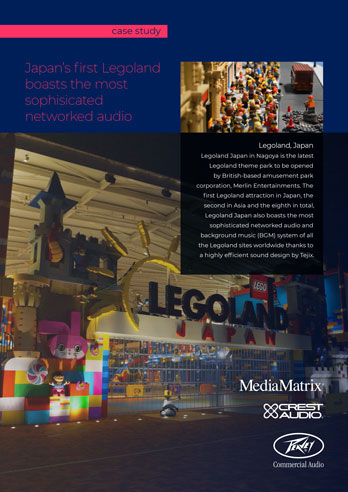
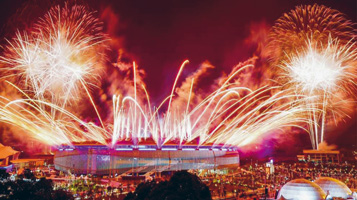

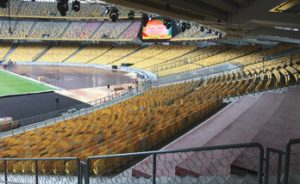
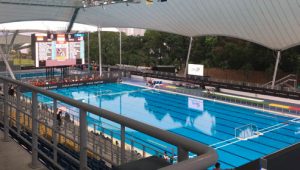
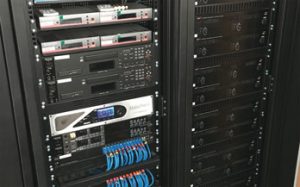
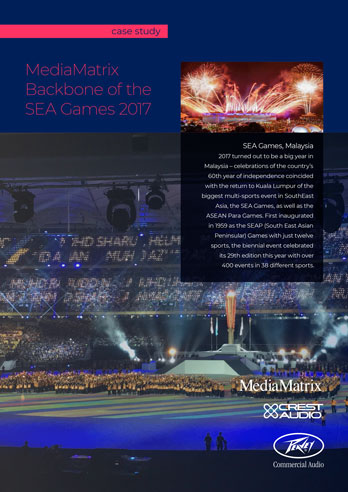
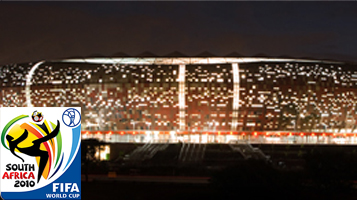
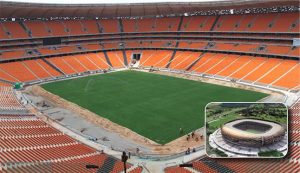 ty Stadium
ty Stadium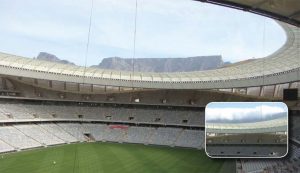 stands in the Green Point suburb a short distance from the Atlantic Ocean with Table Mountain as its backdrop. During the World Cup it will be a 68,000-seat stadium. The system includes two Peavey MediaMatrix NION n3 processors and 62 Crest Audio CKi amps. There are four amplifier locations within the stadium, one in each stand.
stands in the Green Point suburb a short distance from the Atlantic Ocean with Table Mountain as its backdrop. During the World Cup it will be a 68,000-seat stadium. The system includes two Peavey MediaMatrix NION n3 processors and 62 Crest Audio CKi amps. There are four amplifier locations within the stadium, one in each stand. Nelson Mandela Bay
Nelson Mandela Bay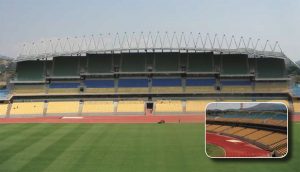 yal Bafokeng Stadium
yal Bafokeng Stadium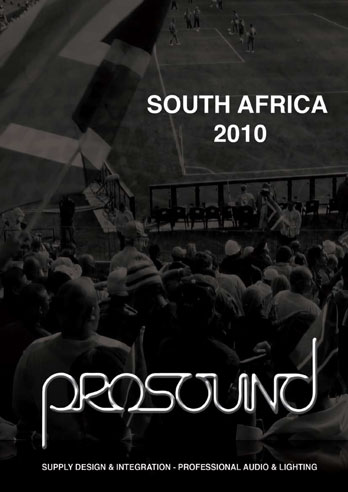
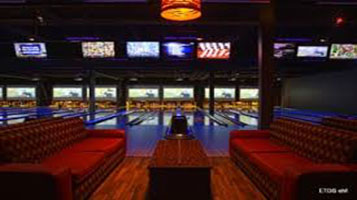
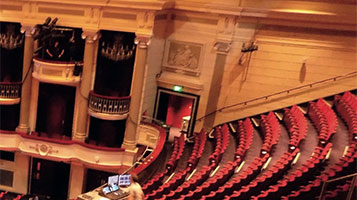
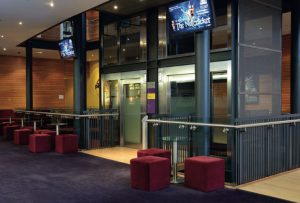
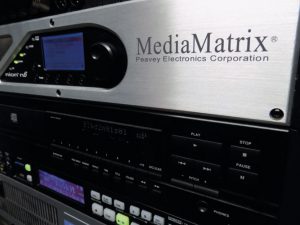 THE SOLUTION
THE SOLUTION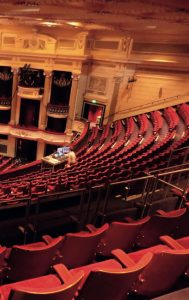 THE RESULT
THE RESULT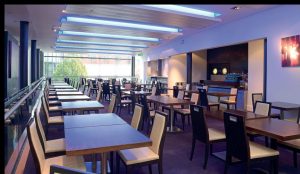 Mark Coombes, European sales manager for Peavey, said: “We are delighted to see, and hear, MediaMatrix in one of the fi nest theatres in the world. The quality of the installation from Inspiretech Ltd is fantastic and we are proud to add Birmingham Hippodrome to our long list of prestige venues around the globe enjoying Peavey commercial audio.”
Mark Coombes, European sales manager for Peavey, said: “We are delighted to see, and hear, MediaMatrix in one of the fi nest theatres in the world. The quality of the installation from Inspiretech Ltd is fantastic and we are proud to add Birmingham Hippodrome to our long list of prestige venues around the globe enjoying Peavey commercial audio.”